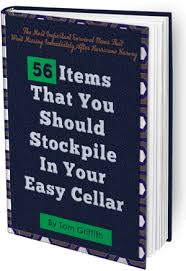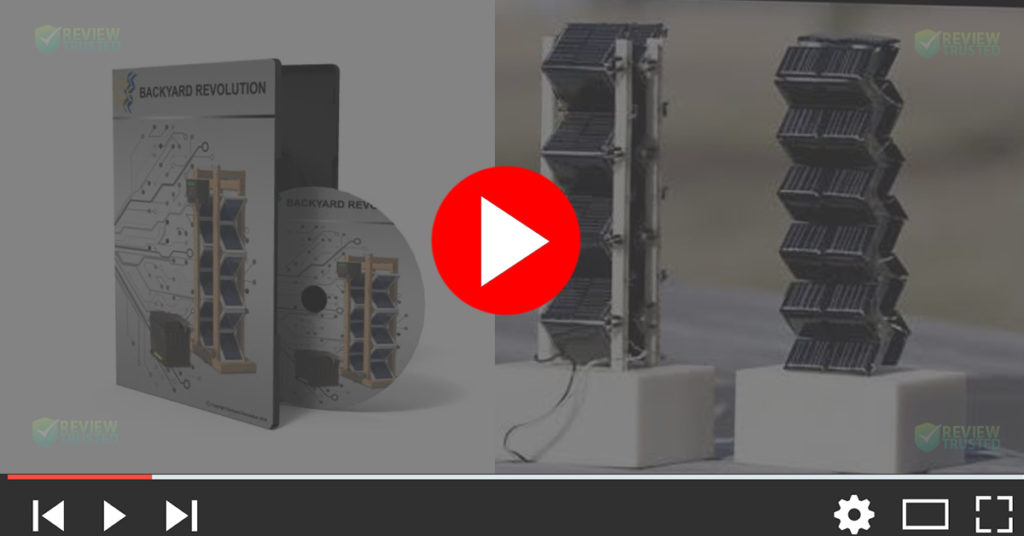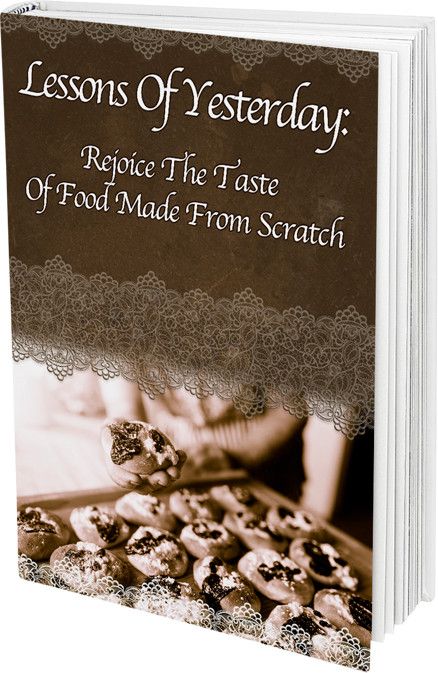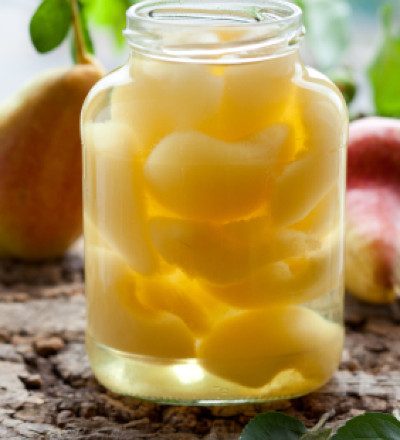Canning is one of those things that sounds a lot scarier than it actually is. Cloaked in grandmotherly mystique, it seems to be a lost art. The fact is, if you possess the ability to boil water, then you can preserve foods in a water bath canner!
Water bath canning is a great skill to learn and a great way to add healthy foods to your preparedness pantry. There is no intimidating equipment, the start-up cost is minimal and there is less margin for error.
This canning method is a safe and simple method for preserving high-acid foods. Foods can be acidic because they are naturally contain high amounts of acid, have acid such as vinegar or lemon juice added or are fermented, such as sauerkraut. During the fermentation process, the bacteria produce lactic acid, a natural preservative.
Naturally acidic foods include most fruits, such as:
- apples
- berries
- blackberries
- blueberries
- cranberries
- peaches
- pears
- raspberries
- strawberries
- Tomatoes are borderline – and must be considered a special case, with acid added!
Some examples of foods that can be canned in a water bath are:
- jams and jellies
- fruit
- applesauce
- pickles
- tomato based products
For water bath canning you must have the following tools:
Big canning pot
Rack (if you don’t have a rack you can use a folded towel in the bottom of the pot)
Jar lifter
Jar funnel
These items are the minimum tools you need for canning properly and safely. There are all sorts of other gadgets out there, like items that help you measure headspace and lid lifters with a little magnet on the end, but if you have the above items – you are ready to can!

Step-by-Step
Sanitize your jars, lids and rings. If you have a dishwasher, you can wash them in the dishwasher – the heat from it is enough to sterilize everything. Otherwise, you need to boil the items for at least 10 minutes, lifting them carefully in and out with the jar lifter. Leave the items in the dishwasher or the hot water until ready to use. Another option is to add 10 minutes to your processing time in the water bath but this can affect the quality of your product. Click here for more information on prepping your jars.
Prepare your canner. Place your rack in the bottom of the canner and fill it with water, leaving about 3-5 inches at the top to allow for room for your filled jars. If you don’t have a rack, you can line the bottom with a folded towel. Bring your water to a boil.
Fill your jars. Line up your jars on a heat proof surface near the stove. You can place a towel on the counter to protect it from the hot, filled jars. Using the funnel, ladle the prepared product into the jars, leaving the headspace recommended in your recipe.
Put on your lids. With a dry clean dishtowel, carefully wipe the lip of the filled jars, removing any residue. Place the flats on each jar, then finger tighten the rings – you don’t have to really torque on them – the job of the rings it to hold the flats in place until they seal.
Place your jars in the canner. With your jar lifter, place the closed jars carefully into the canner. Be careful not to let the jars touch because they could break when they bump together in the boiling water. Make sure the lids are all completely submerged under the water. They don’t have to be under by inches – just covered.
Process the jars. Put the lid back on and return the canner back to a rolling boil. Don’t start clocking your processing time until the water is at a full boil. Then just leave the jars in the water bath for the amount of time required in your recipe.
Remove the jars from the canner. Using your jar lifter, carefully remove the jars from the boiling water. Tip the jars to the side to allow the hot water to drip off the top. Then place the jar on your towel or heat-proof surface.
Allow them time to cool and seal. Allow 12-24 hours for the jars to cool and seal. You will hear a musical “pop” “plink” “ping” noise as the jars seal in the cool air – that is the lid getting sucked down and forming a seal to the lip of the jar.
When you are ready to store the jars, you can remove the rings. This keeps your rings from rusting because of moisture trapped between the metal ring and the jar. Test the seal by pushing down with your finger. If it pops back and forth it is not sealed. Put it in the refrigerator and use the unsealed product in the next few weeks. Store your sealed jars in a cool, dark place.
Now, let’s can…
Following are some easy recipes to get you started with water bath canning.

Strawberry Jam
Perhaps the very easiest thing to can is homemade jam. It’s not very expensive, it’s simple, and once you’ve made one kind of jam, others just cooperatively fall into place for you.
Ingredients
- 8 cups of fresh or frozen strawberries
- ¼ cup of lemon juice
- 1 packet of pectin + ¼ of a package (I like to use the no-sugar-needed, but then still add sugar – just less!)
- 4 cups of sugar
Directions
- Prep your berries by washing them, coring them, and cutting them up..
- Crush your fruit. You can do this with a potato masher, food processer, blender or food mill. Some people like to puree the berries and have a smoother jam and others prefer a chunkier jam.
- In a small bowl, use a fork to mix ¼ cup of the sugar with one packet of pectin.
- In a saucepan, stir the fruit, lemon juice and pectin together well.
- Bring the mixture to a boil over medium heat, stirring frequently.
- Once it is boiling, stir in the sugar and return to a boil for one minute.
- Test your jam!!!! You do this by keeping a spoon in the freezer – to test, drip a bit of the hot jam into the spoon to allow it to quick cool – the consistency it reaches is the consistency your finished product will be. At this point, I nearly always end up adding another 1/4 – 1/2 package of pectin – I use the cheaper pectin to “top it up” – return to a simmer for a couple of minutes and test again. Omitting this step may result in a very tasty ice cream topping or waffle syrup, but not jam!
- Ladle the jam carefully into your awaiting (sanitized) jars, wipe the rim and cap your jars with snap lids and rings.
- Process in a water bath canner for 10 minutes, making adjustments for your altitude.
Applesauce
This recipe is perfect for baby food because it has only 2 ingredients. Apples and water.
I used the “blender method” of making applesauce. This method requires far less cooking time, which helps keep the vitamin content high. You simply puree the apples, skins and all, with just enough water to allow the blender to work. I did this in batches and then poured the puree into the stock pot.
Directions
- Wash the apples well in a solution of baking soda and water.
- Core the apples and chop them coarsely.
- Using a blender, puree the apples, adding water as needed.
- Pour the puree into a stockpot and heat to a simmer.
- Ladle the puree into your awaiting (sanitized) jars, wipe the rim and cap your jars with snap lids and rings.
- Process in a water bath canner for 20 minutes, making adjustments for your altitude.
Tomato Sauce
Nothing says summer like ripe red tomatoes fresh from the garden. Get a little taste of summer all year long by canning some tomato sauce to enjoy during the winter. There are no spices in this sauce to make it a versatile base for soups, sauces, or chili.

Ingredients
- 1/2 bushel of tomatoes
- 1 tbsp of salt
- 3 cloves of garlic, pureed
- lemon juice as needed
Directions
- Prep your tomatoes by dropping them into boiling water to blanch them for about 30 seconds. Remove them with a slotted spoon and then drop them into a sink full of icy water. When they’re cool, the skins will slip right off. Remove the core of the tomato where it was attached to the stem.
- Cut the tomatoes in half. Squeeze them to remove the seeds and the juice. (Note: I squeeze them over a mesh colander, into a pot, so that I can use the juice for a soup base.)
- Place the seeded tomato halves into your blender.
- Puree the tomatoes until they are the desired consistency, then pour the puree into a large stockpot.
- Stir in the garlic puree and the salt and bring the sauce to a boil.
- Ladle the sauce into your awaiting (sanitized) jars, leaving an inch of headspace.
- Add 2 tbsp of lemon juice to each quart jar. (This increases the acidity to preserve the sauce for longer.)
- Wipe the rim and cap your jars with snap lids and rings.
- Process in a water bath canner for 40 minutes, making adjustments for your altitude.
source : Tess Pennington



